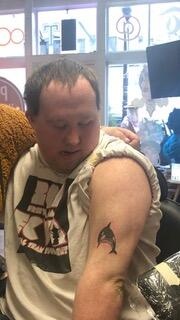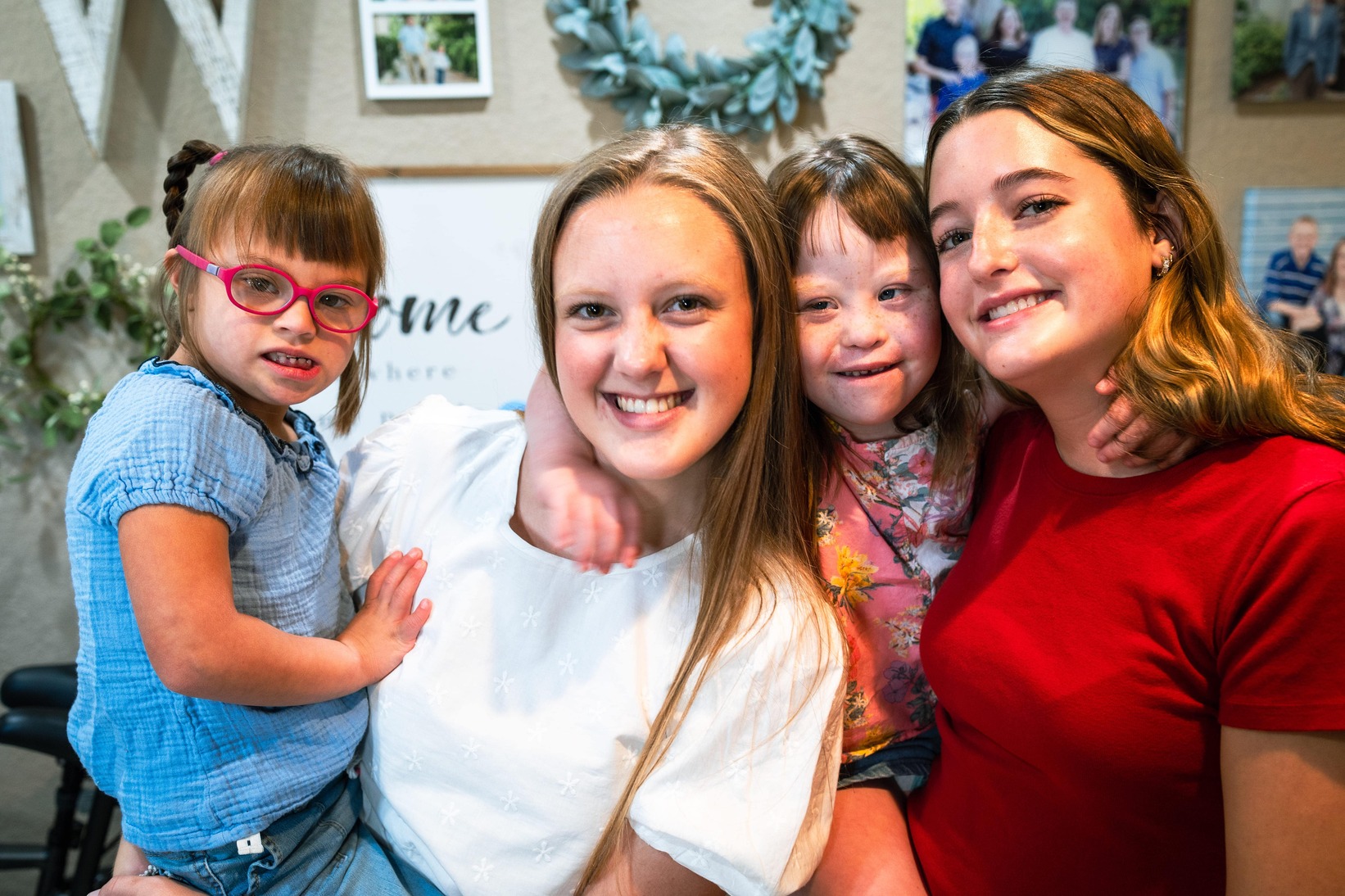Before he was 11, Marc Jastrebski (who loves all things Philadelphia Flyers and Eagles, and also has Down syndrome) had been through two open-heart surgeries, a round of endocarditis and it’s associated tests and I/V antibiotics for weeks at a time, several eye surgeries, tonsil and adenoid surgery, blood transfusions, and the like. Needless to say, he became scared to death of anything that looked even remotely medical or dental, really anything in his personal space, including something as simple as a haircut. It got so bad that he would scream and cry, and try to get away, and would end up breaking blood vessels in his little face.
With the only alternatives offered for medical, dental and personal care being sedation, and with a blood test for allergies on the horizon, Marc’s mom, Deb Jastrebski, created a model for her son to work through elements of the blood draw, understand the root cause of his fears, and complete the procedure.
She modeled the steps of the blood draw he was going to have, using his little sister Rachel as the model. She used real equipment, the only exception being a straightened paper clip to simulate the needle, and broke the steps down for Marc into short, manageable pieces. Mrs. Jastrebski spoke to the phlebotomist, alerting her about how they were going to approach the blood draw and eliciting her support for no restraint. After short “practice sessions” (as they came to be called) over two weeks, Marc allowed his first blood draw without visible trauma or restraints for the first time in his 11 years – his negativity cycle was broken. In fact, he was so proud of himself he would point to the band-aid on his arm saying, “did it” to everyone he saw! Once it worked with Marc, Mrs. Jastrebski felt that if Marc had issues then others did too, and started reaching out to families in the disability community and other clinicians. She didn’t know it at the time, but Deb was creating what is now known as Practice Without Pressure (PWP), a nationally recognized model of care delivery.
Marc went from being frightened of anything and everything in his personal space, to helping others learn to participate in their own care, and eventually getting a tattoo of his spirit animal, the Orca whale Shamu!
Power to Marc!

